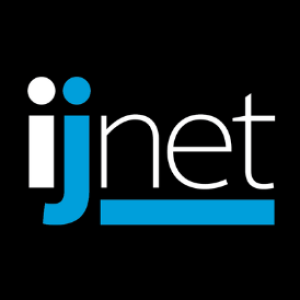Readers are weary and switching off of the important stories (and flocking en masse to Brangelina). One organization is promoting a way to tackle reader indifference and journalist burnout through a simple, but fundamental change in reporting philosophy.
Solutions journalism is a term you may already have heard floating around. It’s been discussed in Nieman Reports, The New York Times, MediaShift and even has its own Wikipedia page (the modern blue ribbon of cultural relevance). Yet, what SoJo actually is still eludes many.
In essence, it’s a way of approaching reporting that emphasizes solutions to problems, rather than the problems themselves, upping an article’s relevance, clarifying its purpose and uplifting its readers. It comes from reporters approaching a story with the intention of looking at what’s being done to address it, and using that as the story’s axis.
Thanks to the Solutions Journalism Network, it costs nothing to learn how to identify and carry out solutions journalism, and the practice has a strong, collaborative community behind it (essential for making an impact in journalism today).
How is solutions journalism different?
Truthfully speaking, solutions journalism isn’t new.
“We’re putting a name to what people have been doing for a long time,” explains Samantha McCann, director of communities at the Solutions Journalism Network. “We just don’t think there’s enough of it.”
SoJo is different than feel-good pieces, which (although they are a sorely needed form of work for separate reasons) revolve around one-off stories or complete successes. A solutions piece isn’t necessarily looking for quick fixes, or even fixes that have already been proven to work. It also isn’t about looking for a problem that has been neatly solved or happy endings.
In a SoJo piece, you could show the face of the heroin epidemic, cover the plight faced by veterans or even tackle police brutality without shying away from their horror, while simultaneously focusing on ways forward.
“We need to promote health, not just attack disease,” explains David Bornstein in Forbes. “To do that for society, it’s not enough to know what’s broken; people need to know how problems could be, or are being, fixed. Today, after four decades of declining confidence in virtually all major institutions, it’s important to provide people with credible stories that help them believe that progress is possible.”
That being said, there can be pieces that look like solutions journalism, but aren’t. For example, pieces that focus on a single character, lionizing their work instead of an issue overall, are profiles instead of solutions pieces. Pieces that have potential ways forward as a tacked-on conclusion don’t quite qualify. (Sadly, Chris P. Bacon and his ilk also do not qualify.)
Why do it?
It’s a common saying in the journalism industry that if it bleeds, it leads. You only need to glance at a newspaper to see that journalists have an affinity for bad news. The strategy of playing into the public’s desire to know what they should be wary of has served journalism so far, but it’s widely recognized that audiences are worn out by bad news.
There are those who argue that the media’s job isn’t to sugarcoat the news, but to inform the public about the realities of the world, harsh as they may be, and those points are legitimate.
At the same time, media’s purpose should not be to act as a billboard for woe. Rather, it is to inform and engage its consumers. If we’ve reached a collective emotional saturation point and just hearing about a problem no longer galvanizes action, do we have a moral responsibility to redirect our efforts?
Additionally, SoJo proponents don’t argue that all pieces should be solutions journalism pieces — that wouldn’t be possible with responsible news coverage—but does encourage reporters to think about this angle when approaching a piece.
If you’re interested in learning more about how to approach a SoJo piece, the The Engaging News Project explores the quantitative impact of SoJo in depth (among many other subjects), Poynter has a quick guide to starting your solutions journalism reporting and the very friendly team at Solutions Journalism Network provides a free-to-join network and a wealth of resources.
This post originally appeared on HackPack.press and is republished with permission. HackPack.press offers weekly TechCorners, highlighted grants and job opportunities. Register here.
Main image CC-licensed by Flickr via Oliver Thompson.


